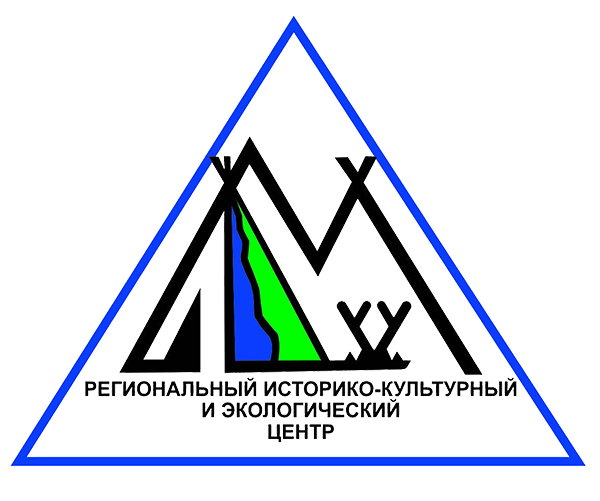Рубрика «Предмет дня» (День моржа)
Сегодня в нашей стране празднуется День моржа, он был учрежден в 2008 году по инициативе Всемирного фонда дикой природы (WWF) и Совета по морским млекопитающим. Датировка также была выбрана не случайно, именно в это время моржи покидают арктическое побережье Чукотского моря и отправляются на зимовку в Берингов пролив, становясь на время своего переселения особенно уязвимыми. Сегодня попробуем рассказать вам побольше об этих крупнейших ластоногих, обитающих в северном полушарии планеты Земли.
Есть теория, по которой моржи в древности были распространены намного южнее в Тихом океане во время последнего ледникового периода, на это указывают останки моржа, найденные в
Моржи — млекопитающие с характерными длинными клыками, обитающими в арктических морях, где они совершают короткие сезонные миграции.
Интересно, но благодаря тому, что моржи бивнями помогают себе взбираться на льдины или скалистый берег, они получили своё родовое название: odobenus
Молодые моржи имеют
Под кожей моржа имеется толстый слой жира, служащий ему одновременно и защитой от холода, и резервным запасом на случай голода. А, несмотря на свои размеры и внушительные клыки, основу рациона моржа составляют донные беспозвоночные, в первую очередь три вида двустворчатых моллюсков, а также некоторые виды креветок и рыб, лангусты, многощетинковые черви и осьминоги, их они прощупывают с помощью
Главная цель сегодняшнего праздника — напомнить о значимости этого вида для всей экологии российской Арктики, ведь морж является одним из самых уязвимых ее обитателей. Главная угроза — резкое сокращение площади льда в Арктике, связанное с изменением климата. Кроме того, в последние годы растет активность нефтяных компаний, увеличивается количество судов, развивается арктический туризм. При этом атлантические моржи недостаточно хорошо изучены и привлекают к себе не так много общественного внимания, как, например, белые медведи. Сегодня День моржа отмечается во всех арктических регионах России. Их жители надеются, что со временем этот праздник достигнет значительной известности. В свою очередь, представители WWF призывают людей чаще вспоминать о нашей общей ответственности за сохранение дикой природы океана и более бережно относиться к его обитателям.
ENG: Heading «Exhibit of the day»
Today Russia celebrates Walrus Day, it was established in 2008 on the initiative of the World Wildlife Fund (WWF) and the Marine Mammals Council. The date was also chosen not by chance, at this time walruses leave the Arctic coast of the Chukchi Sea and go for wintering in the Bering Strait, becoming particularly vulnerable during their resettlement. Today we will try to tell you more about these largest pinnipeds, living in the northern hemisphere of the planet Earth.
There is a theory that walruses in ancient times were spread much further south in the Pacific Ocean during the last ice age, as evidenced by the remains of a walrus found in San Francisco, the age of 28 thousand years.
Walruses are mammals with characteristic long tusks that live in the Arctic seas, where they make short seasonal migrations. A male walrus is huge: it can weigh 1500 kilograms, while the weight of a female in rare cases reaches 1000 kilograms. They have a massive wrinkled body covered with rare bristles. The walrus' voice reminds both the roar of a lion and the bull's bellow, while sleeping, it snores audibly. By its character, the walrus is irritable and stubborn, they often use tusks in fights with each other.
Interestingly, but due to the fact that walruses’ tusks help themselves to climb on ice floes or rocky shore, they got their generic name: “odobenus” in Greek means "walking on teeth" or "walking on teeth". Its long canines are indispensable in life in general: it uses them, defending itself from enemies and storming the seabed, and also moves on the shore or ice floes. The length of canines of larger representatives reaches one meter. Today our sample has a length of 48 centimeters and came to us from the Museum of G. Nizhnevartovsk in 1987. This canine has a heterogeneous structure. Several layers can be distinguished on the oval end section of a tusk. A thin layer of dense white-brown enamel, then a homogeneous dentin and a cellular yellowish pulp inside. The outer surface of a canine has a number of longitudinal cracks, "earned" during the life of a walrus.
Young walruses have a dark brown color, however, with age the color of the skin turns pale and may become almost pink by the time you get older. This is due to the effects of sunlight - the effect of expanding blood vessels. Their life cycle is 30 years. Females start to give birth at the age of 7-8 years and usually every three years they give birth to one calf that stays with the mother for about two years. Pregnancy lasts 15 months.
Under the walrus skin there is a thick layer of fat, which serves both as a protection against cold and as a reserve in case of hunger. And, despite its size and impressive tusks, the basis of the walrus diet is made up of bottom invertebrates, primarily three types of bivalves, as well as some shrimp and fish, lobsters, multi-bristle worms and octopuses, they are felt with the help of whiskers (on the face of a walrus can be up to 700 such whiskers).
The main purpose of today's holiday is to remind about the importance of this species for the entire ecology of the Russian Arctic, because the walrus is one of the most vulnerable inhabitants of it. The main threat is a sharp decrease in the area of ice in the Arctic, associated with climate change. In addition, in recent years, the activity of oil companies is increasing, the number of ships is increasing, and Arctic tourism is developing. At the same time, Atlantic walruses are not well studied and do not attract as much public attention as polar bears. Today walrus day is celebrated in all Arctic regions of Russia. Their residents hope that in time this holiday will reach a significant popularity. In turn, WWF representatives encourage people to remember more often about our common responsibility for the conservation of ocean wildlife and to be more careful with its inhabitants.
